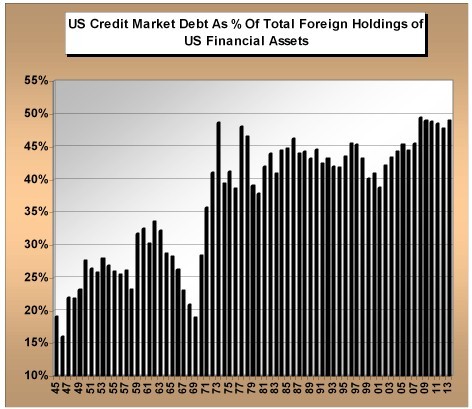Are NearTerm Bonds A Viable Cash Alternative
Post on: 16 Апрель, 2015 No Comment

It’s hard to believe that 35 years ago, one could get double digit interest on a bank CD. Fast forwarding to today, one has to go about 5 years out to get a paltry 2 percent on a CD. While most diversified investors maintain a cash component in their portfolios, the rewards of doing so have become virtually non-existent. Yet with equity markets appearing moderately overheated, and the threat of higher interest rates making long bonds a potentially risky proposition, investors may be inclined to hold more cash today than in previous years.
The options for cash are limited. Most “local yokel” banks pay around 25-50 basis points for savings accounts depending on balances, with perhaps a higher limited-term promotional rate available. If one wants to invest with a no-frills Internet bank, money market rates of close to one percent can be found. As was mentioned above, two percent is attainable on a CD, but you won’t get your money back until 2019.
One of the options that might be considered by yield started cash investors is to shift one’s permanent cash allocation into corporate investment grade bonds with five years of maturity or less. While I feel the general risks of doing so are negligible, this kind of shift may not be appropriate for all investors, especially those with critical capital preservation needs.
Examining short-term bonds currently available on the secondary market, I would not bother with any maturities of less than two years, as one can do equally well with premium money markets. I found four bonds below with early-in-the-year maturities from 2016-2019. These were copied from available inventory from Fidelity on the morning of February 18.
Let’s say an investor has $100,000 they want to invest as part of a permanent cash position. They could put $25K in each of the above four notes and receive a blended yield of about 2.75% if they caught bids halfway between current ask and bid. That compares to the 90 basis points in the money market and 2% if they locked up in a CD for five years. While nominally it equates to perhaps a couple thousand dollar benefit over the five years, on a percentage basis it is rather significant.
And with the four year ladder, you have money coming due each year, which hedges your risk against locking in to a five-year CD if rates start to climb. When the Darden note comes due in 2016, you can look at something with 5 year maturity and, in all likelihood, improve blended yield while only negligibly increasing blended maturity. Such is the benefit of a bond ladder.
Is The Risk Worth It?
The question one needs to ask oneself when considering such a plan is risk tolerance. For the above portfolio, I selected the bottom end of investment grade to achieve the inflated yield. One could certainly create a short-term ladder with higher credit ‘A’ rated issues, but the yields would be lower so much lower that it might not be worth the time and effort to put together.
The possibility always exists that one of the above issuers runs into a severe stumble before note repayment. If that were to occur, the potential capital depletion would more than destroy the somewhat minimal yield benefit of engaging the strategy. I personally would have no issue buying the above bonds, but not everyone should be considering them. There are those that should keep cash in cash.

Summary
The zero interest rate world we live in continues to pose problems for investors interested in income producing vehicles. Though it’s not exactly a strategy that will improve portfolio performance by leaps and bounds, I do think migrating a cash position into shorter-term high grade bonds could be a worthwhile endeavor for investors with sufficient funds and risk tolerance to benefit from the undertaking.
About the author:
Adam Aloisi has over two decades of experience investing in equities, bonds, and real estate. He has worked as an analyst/journalist with SageOnline Inc. Multex.com, and Reuters and has been a contributor to SeekingAlpha for better than two years. He resides in Pennsylvania with his wife and two children. In his free time you may find him discussing politics, playing golf, browsing antique shops, or traveling.
Learn how to generate more income from your portfolio.














